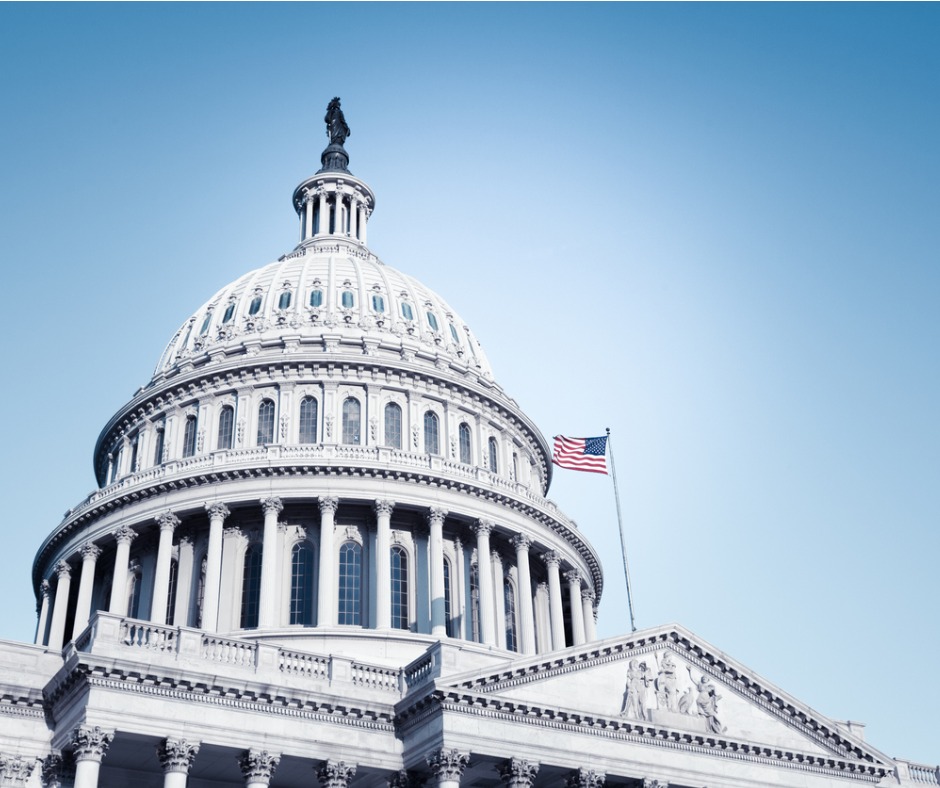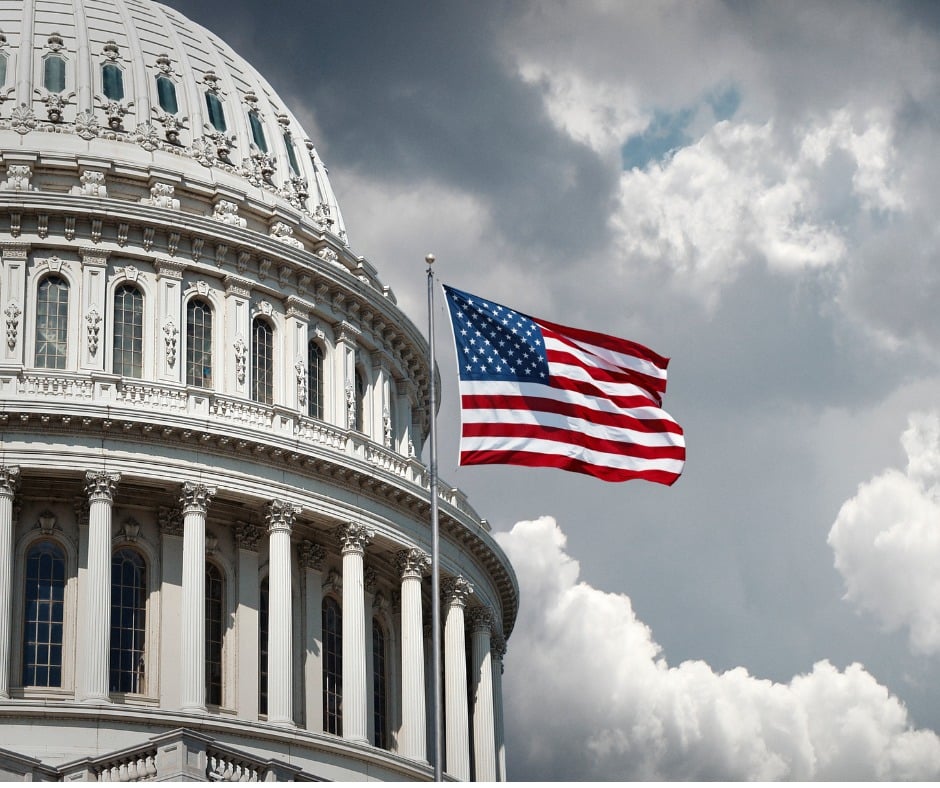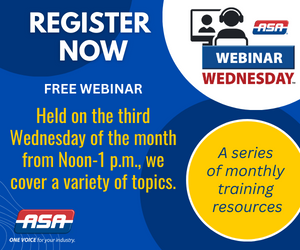White House Taking Major Actions on Trade Policy
Understanding these Developments and Potential Implications for ASA Members
 President Trump took the oath of office on Monday, January 20, 2025, and he quickly got to work signing a whole host of executive orders (EOs) that same day. A package of these orders, which he collectively named “America First Trade Policy,” could result in significant changes to the country’s approach to foreign trade and economics.
President Trump took the oath of office on Monday, January 20, 2025, and he quickly got to work signing a whole host of executive orders (EOs) that same day. A package of these orders, which he collectively named “America First Trade Policy,” could result in significant changes to the country’s approach to foreign trade and economics.
Broadly, President Trump’s orders will result in federal agencies examining the causes for the United States’ trade deficit, other countries’ compliance with trade agreements, unfair trade practices undertaken by other countries that hurt American workers and businesses, and policy proposals to change the country’s foreign trade relationships that might improve the well-being of American workers and businesses. Implicitly, and sometimes explicitly, it puts particular focus on the United States’ economic relationships with China, Mexico, and Canada.
The America First Trade Policy Executive Order package by itself will not change any laws that affect independent auto repair businesses. The EO did not include any changes to the U.S.’s trade policies. For example, the EOs did not create any new tariffs on goods imported into the country. It merely tasked the government with issuing reports on trade issues and providing policy recommendations. However, the policy recommendations provided in these reports, due in April, could become law. Automotive repairers will not feel a direct impact from the America First Trade Policy EO, but they might feel its impact indirectly in the future.
In the meantime, President Trump has acted in the weeks following him signing these EOs in ways that could result in outcomes more immediately and directly felt by the automotive aftermarket. Not waiting until April to receive the reports and policy recommendations from the EOs, Trump signed new tariffs into law on February 1, which he argues will “hold Mexico, Canada, and China accountable to their promises of halting illegal immigration and stopping poisonous fentanyl and other drugs from flowing into our country.”
The core components of the new tariffs include a 25 percent tax on all goods imported from Canada and Mexico, as well as a 10 percent tax on all goods imported from China. The impact of the tariffs will reverberate throughout the American economy. China, Canada, and Mexico comprise the United States’ three biggest trade partners. This dynamic holds true for automotive parts trade. In 2023, the United States imported over $78 billion in auto parts from Mexico, nearly $20 billion from Canada, and nearly $18 billion from China. Germany and Poland rank 6th and 11th, respectively, in auto parts imports country of origin, which holds significance because President Trump has warned that tariffs on products from the European Union are forthcoming.
These new tariffs will force auto parts retailers, distributors, and even domestic parts manufacturers to make tough choices. Some might choose to absorb the tariff costs to keep the price unchanged for their customers. This course of action is unlikely. More likely, they will pass the cost on to their customers. They could also opt to source the parts from different producers who are unaffected by the tariffs. In all likelihood, this decision would still lead to higher prices for customers because these new sources no longer have to compete with cheaper alternatives. At the same time, retaliatory tariffs imposed by China, Canada, and Mexico and American exports could reduce American parts manufacturers’ access to those countries’ markets, leading domestic manufacturers to raise prices further. Customers are also likely to encounter smaller parts inventories due to fewer parts available in the market and higher prices for those parts.
Independent auto repairers can reasonably expect obtaining aftermarket parts to become more expensive and more difficult. That being said, other factors might mitigate these challenges. For example, fewer Chinese auto parts in the United States could also lead to higher levels of confidence in overall quality of parts available in the aftermarket. Additionally, international economic policy will continue to evolve, and the Trump administration could decide to rescind certain tariffs. Just two days after announcing the tariffs, the White House announced a one-month delay in imposing the 25 percent tariff on Mexico because the Mexican government has demonstrated a willingness to compromise and align its policies closer to those demanded by President Trump.
The U.S. Senate will hold a hearing this week on Jamieson Greer’s nomination to serve as U.S. Trade Representative. Greer served as Chief of Staff to U.S. Trade Representative Robert Lighthizer during President Trump’s first term. Greer was a consistent advocate for imposing tariffs against China. Those who know Greer say his views on trade policy are in lockstep with those of President Trump. Given this track record, stakeholders should expect tariffs to remain an integral part of the federal government’s approach to international trade unless the countries targeted by the tariffs take significant action to comply with President Trump’s vision.
In the meantime, repairers can prepare to make adjustments to their parts inventories and business operations by staying up to date on developments in trade policy.
Bob Redding is the Automotive Service Association’s Washington, D.C., representative. He is a member of several federal and state advisory committees involved in the automotive industry.









